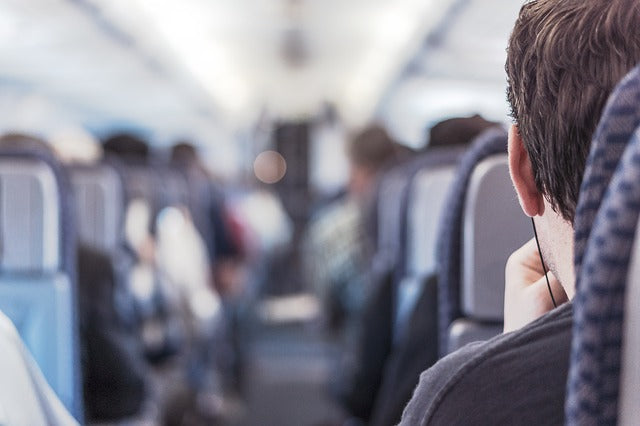A Guide for Veteran’s Pain: Pain Management for Our Elders
Altered Physiology of Peripheral & Central Pain Mechanisms Aging can be a frightful experience, with all the changes that the body goes through. This is...
Got Pain on the Plane?
Traveling can be tough for all kinds of reasons. Long lines. Delayed flights. Interacting with a bunch of strangers. Lost bags.But it can also be...
Is Your Pillow a Pain in the Neck?
If you've got neck pain your pillow could be the primary culprit. Many people sleep on pillows that are too high, too low, too stiff,...
When The Daily Commute is a Pain in the Everything
Nobody loves their morning commute. Or their afternoon commute. And while it would be nice to think we could all pick up, move, and end...
-
- 1
- 2
-



